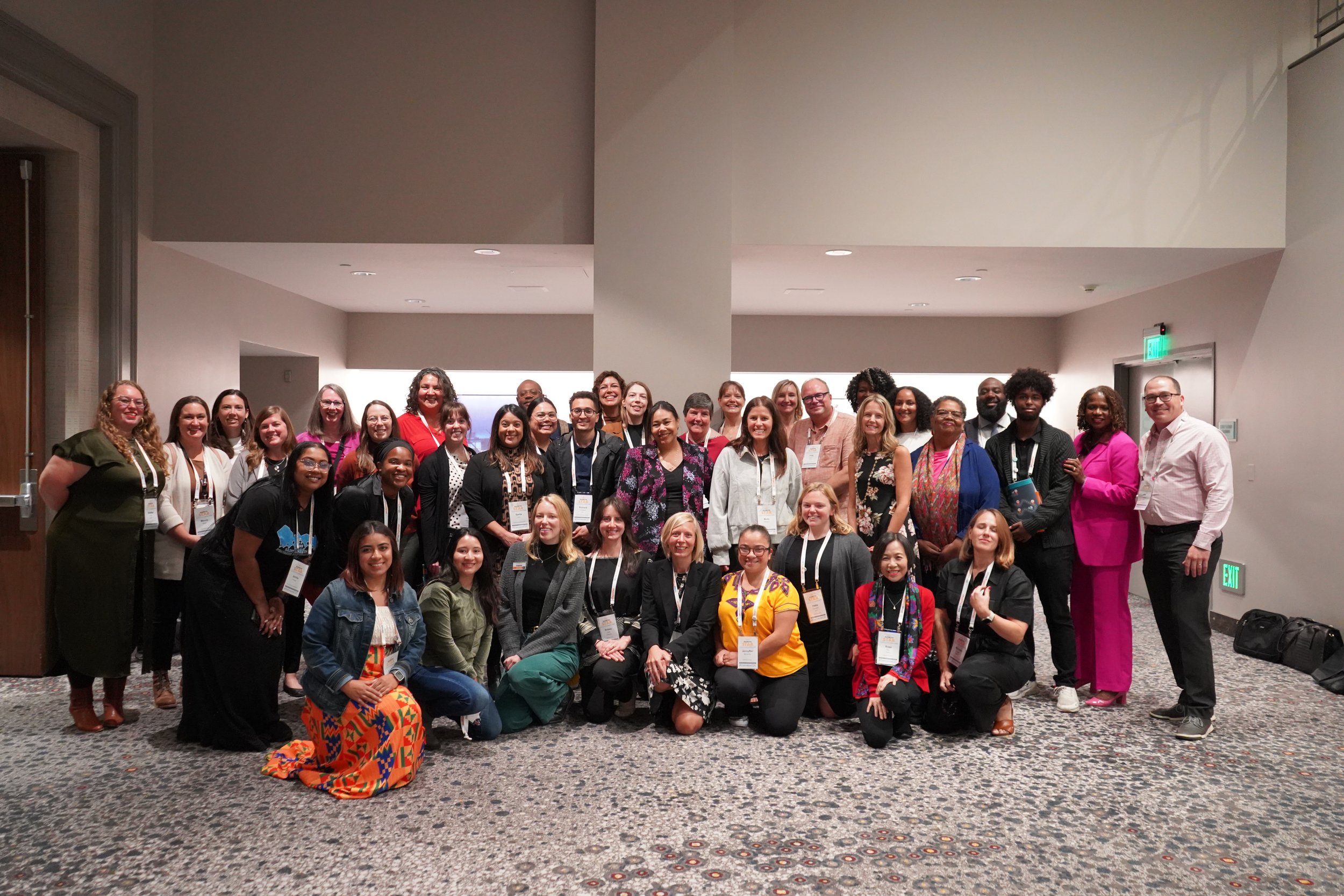HOW WE’RE DOING
Data Dashboard
Data is the foundation of much of our work. We use it to inform our partners and hold ourselves accountable by measuring and reporting on how we — as a partnership and a community — are making progress toward our goals.
Demographic data that provides context on our community as a whole
Population-level tied to Cradle 2 Career’s goal areas
Rochester Community Data
Note: Data dashboard is best viewed on a computer and is currently available in English.
Cradle 2 Career Indicator Data
Note: Data dashboard is best viewed on a computer and is currently available in English.



